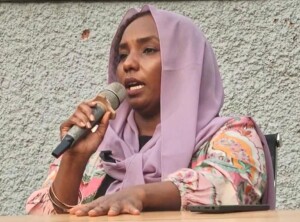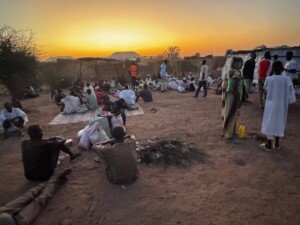10 cases of unidentified fever in Port Sudan cause alarm
At least 10 cases of fever were recorded in Port Sudan, capital Red Sea state, on Thursday. “The situation is alarming,” journalist Azza Era told Radio Dabanga.
 Patient receives treatment in Sudan (File photo: MSF)
Patient receives treatment in Sudan (File photo: MSF)
At least 10 cases of fever were recorded in Port Sudan, capital Red Sea state, on Thursday. “The situation is alarming,” journalist Azza Era told Radio Dabanga.
The patients come from rural areas west of the city, she reported. There has been a “heavy spread” of vector diseases in areas of Kunwesani, Rifi El Ganab, and El Oleib while being short of emergency medicine and protection for medical teams.
Vector-borne diseases are illnesses caused by parasites, viruses, and bacteria that are transmitted by 'vectors', such as mosquitos or ticks. These diseases include malaria, dengue fever, yellow fever, zika, chikunguya, and Rift Valley fever.
A voluntary medical team went to the areas in an attempt to limit the spread, Era added. There is a shortage of pumps to spray down the medical teams after they have been in contact with people who may be infected.
In addition, Era reported that about 800 camels have died in El Ganab and El Oleib lately, for reasons unknown.
On November 29, Radio Dabanga reported that more than 25 people in eastern Red Sea state were infected with unidentified fevers, causing three deaths.
In June 2018, the director-general of the Red Sea state Ministry of Health confirmed three deaths due to the outbreak of at least 100 cases of an unidentified fever in Port Sudan. “Dr Ali Khidir, a medical professor at the Red Sea University, said that the name of the fever is Egyptian fever because the mosquito was found among Egyptian mummies,” journalist Osman Hashim told Radio Dabanga at the time.
Cases of dengue fever and malaria are on the rise in Sudan after recent floods, which have allowed diseases transmitted by mosquitoes to spread faster as post-flood conditions are ideal for these animals who lay their eggs on the surface of stagnant waters.
These conditions are worsening as climate change is causing the weather to become more extreme in Sudan.











 and then
and then